Have you ever dreamt of seeing the majestic bison roam freely in their natural environment? Yellowstone National Park is the place to make that dream come true!
As the backdrop to one of the most awe-inspiring wildlife spectacles in the U.S., Yellowstone is a haven for bison lovers.

From vast open valleys to serene riversides, every corner of the park promises a chance to witness these iconic creatures in their full glory.
So, grab your binoculars and camera, and let's guide you to the best spots in Yellowstone to spot these magnificent beasts.
Best Locations for Bison Sightings
Yellowstone National Park is home to the largest concentration of wild bison in the U.S., making it a prime location for witnessing these iconic animals in their natural habitat.
In the summer of 2022, around 5,900 bison were counted in the park.
If you're keen on spotting these magnificent creatures in Yellowstone, there are several critical areas within the park where you're likely to see them:
1. Lamar Valley
Lamar Valley is one of the top spots for bison sightings in Yellowstone. This picturesque valley is known for its rich wildlife, including the majestic bison.
Often referred to as the "Serengeti of North America," it provides vast and open views, making it easier to spot and photograph these creatures.
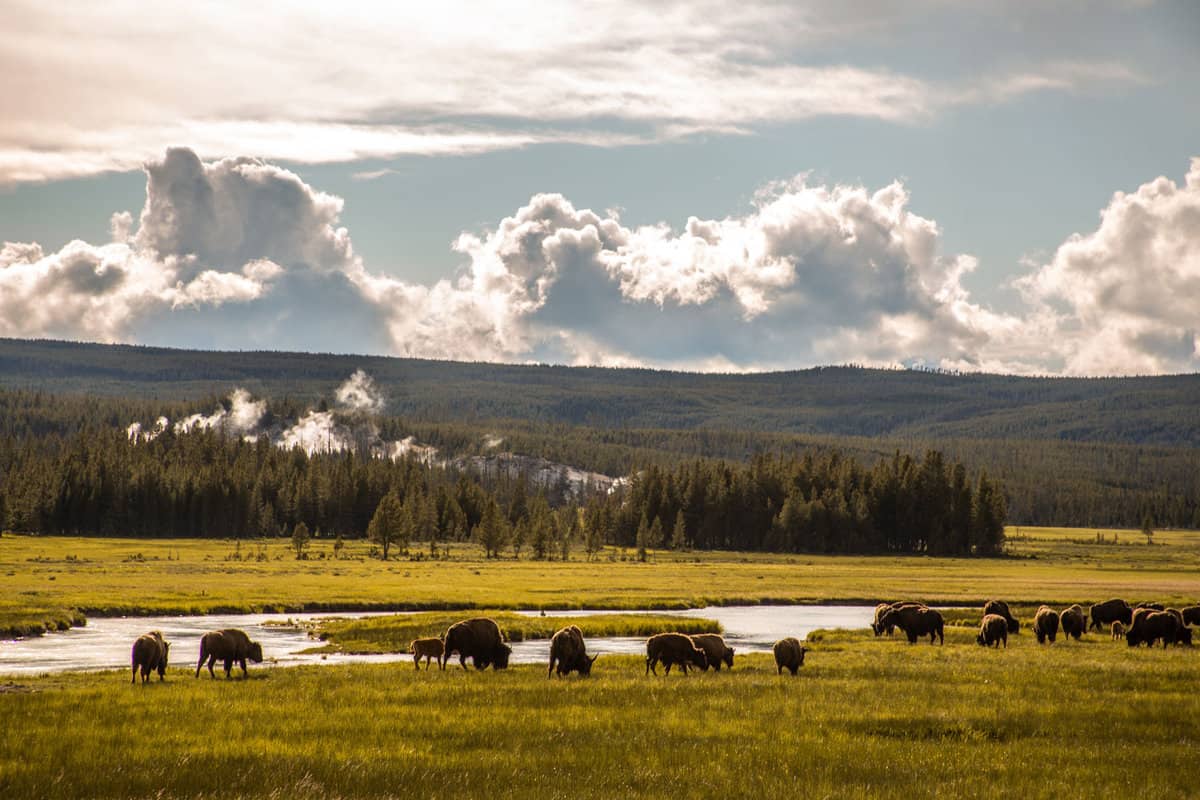
To increase your chances of seeing these magnificent creatures, visit during the early morning or late afternoon when they are most active.
Given its biodiversity, the valley also offers opportunities to see other wildlife, such as wolves, grizzly bears, and pronghorns.
2. Hayden Valley
Another prime location for bison sightings is Hayden Valley. This area boasts a vast open landscape that provides an ideal habitat for bison.
As you explore the valley, watch for herds grazing near the Yellowstone River or resting by the water.
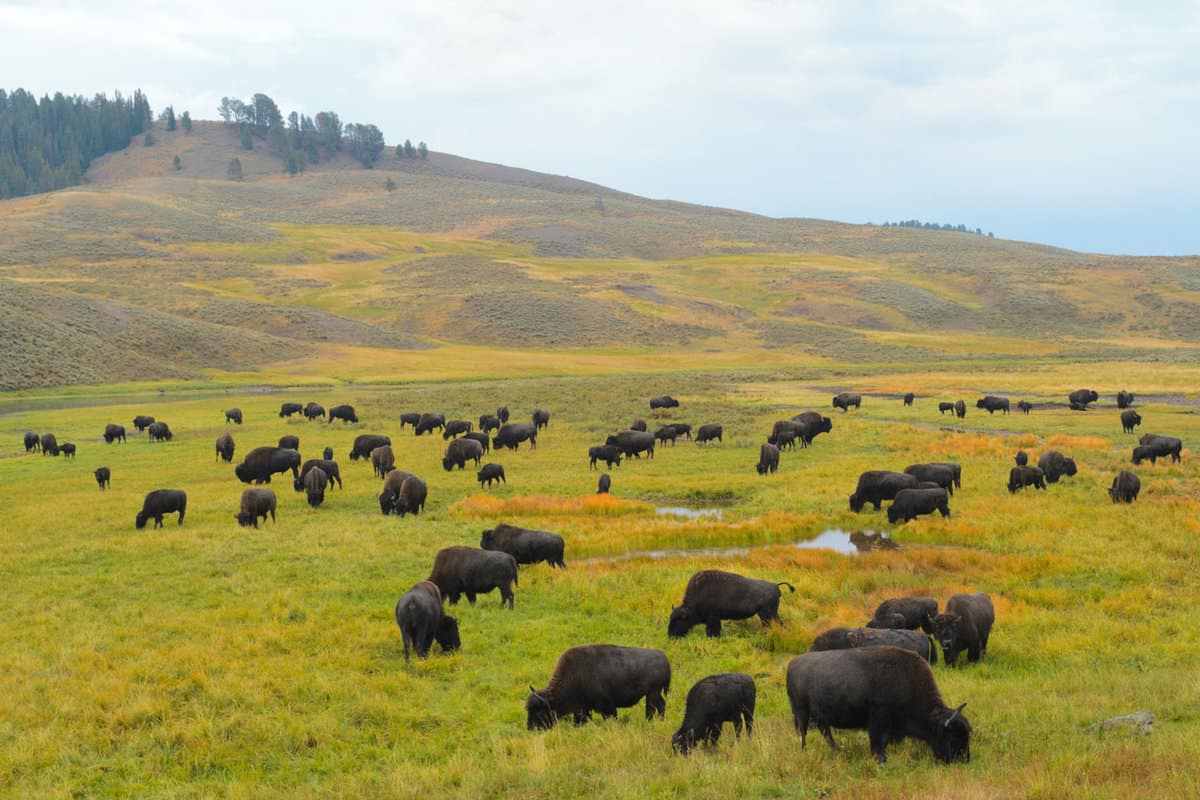
Remember to bring your binoculars for a closer look!
The valley is centrally located between Lake Village and Canyon Village, making it easily accessible for visitors looking for wildlife experiences.
3. Tower-Roosevelt Area
The Tower-Roosevelt Area offers multiple opportunities to spot bison. You can find them near Tower Fall and the Blacktail Deer Plateau.
This region offers a unique opportunity to witness bison interacting with various other species within the Greater Yellowstone Ecosystem.
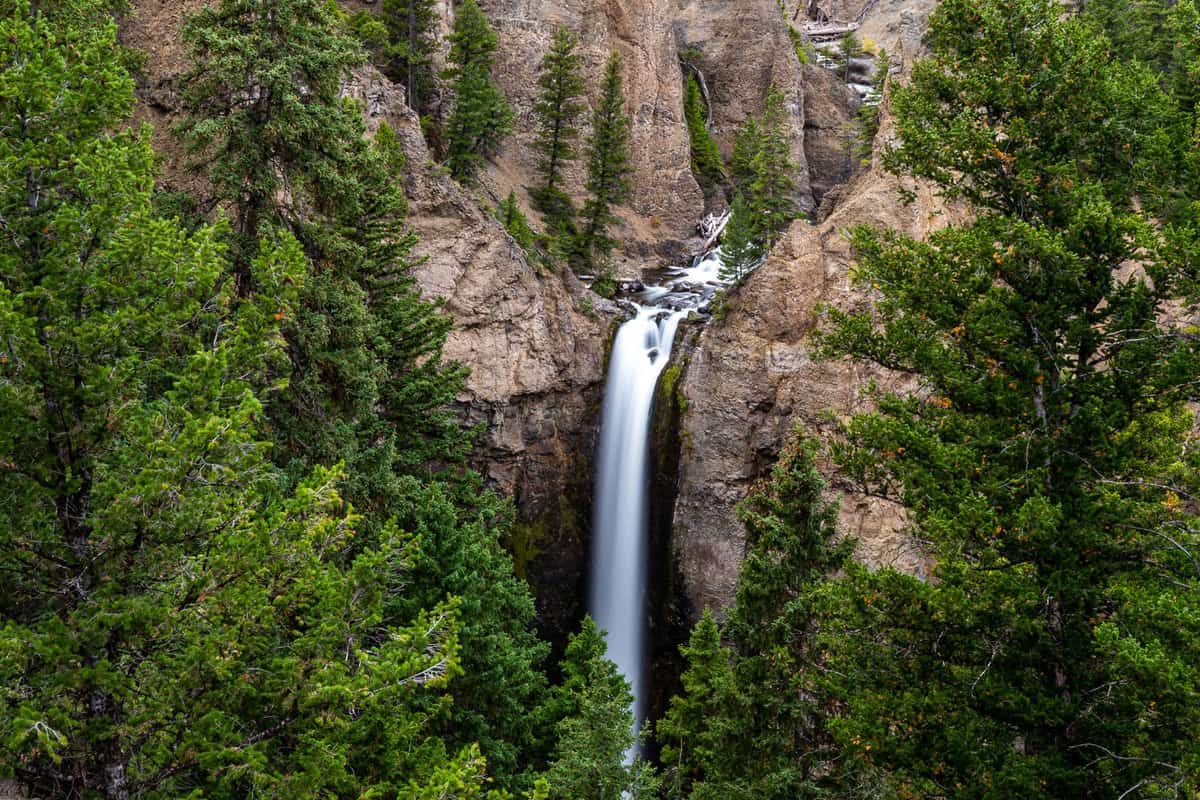
The varied terrain, from rolling hills to dense forests, provides a rich backdrop for wildlife viewing. Given its location, it's also a great place to spot other large mammals, such as elk and black bears.
4. Northern Range
If you're venturing to the North Entrance of Yellowstone, make sure to explore the Northern Range.
This area is home to the Mammoth Hot Springs and includes parts of Lamar Valley.
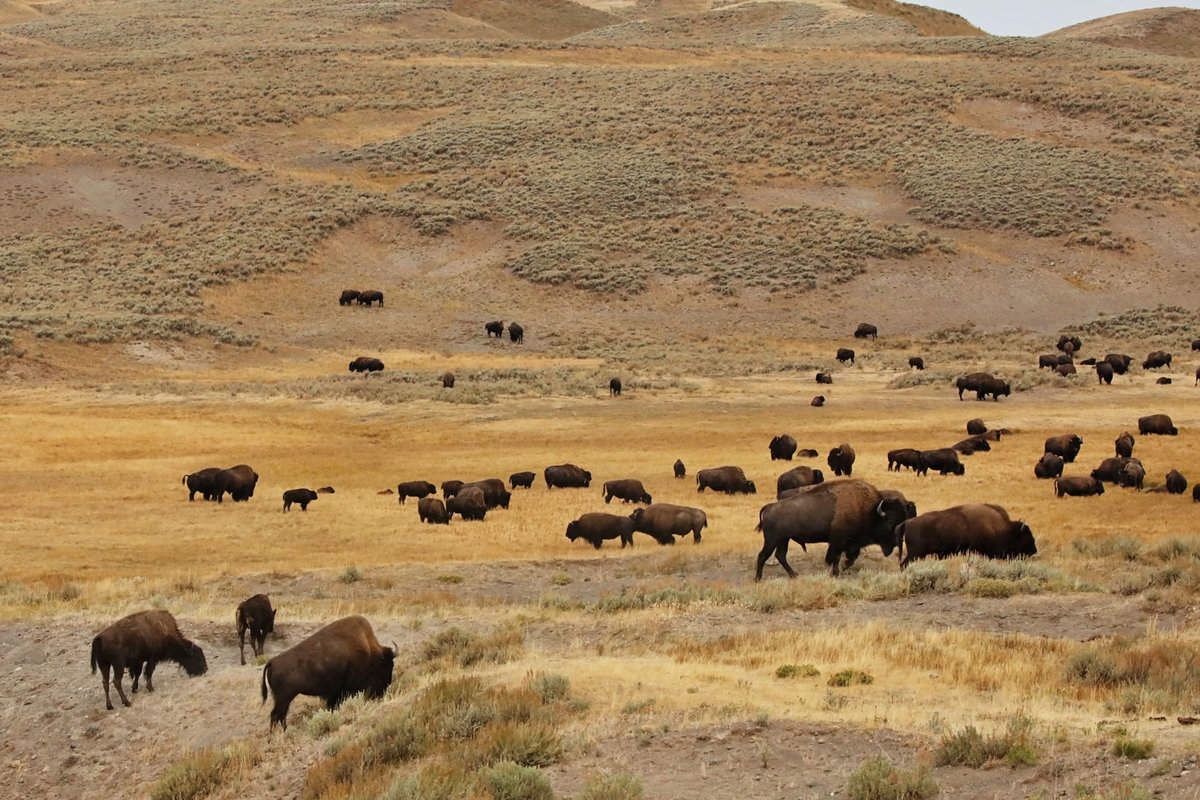
Bison herds often congregate near the Lamar River and Tower Junction, so these spots are worth a visit.
The Northern Range is known for its year-round wildlife viewing, with bison often sharing the landscape with elk, pronghorns, and bighorn sheep.
Due to its elevation and geothermal activity, it's also a striking park region in terms of scenery.
5. Madison River
Finally, the Madison River area offers serene riverside landscapes, making it an ideal bison habitat.
As you follow the river, keep a lookout for herds roaming and grazing nearby, especially during the early morning hours when they are most active.
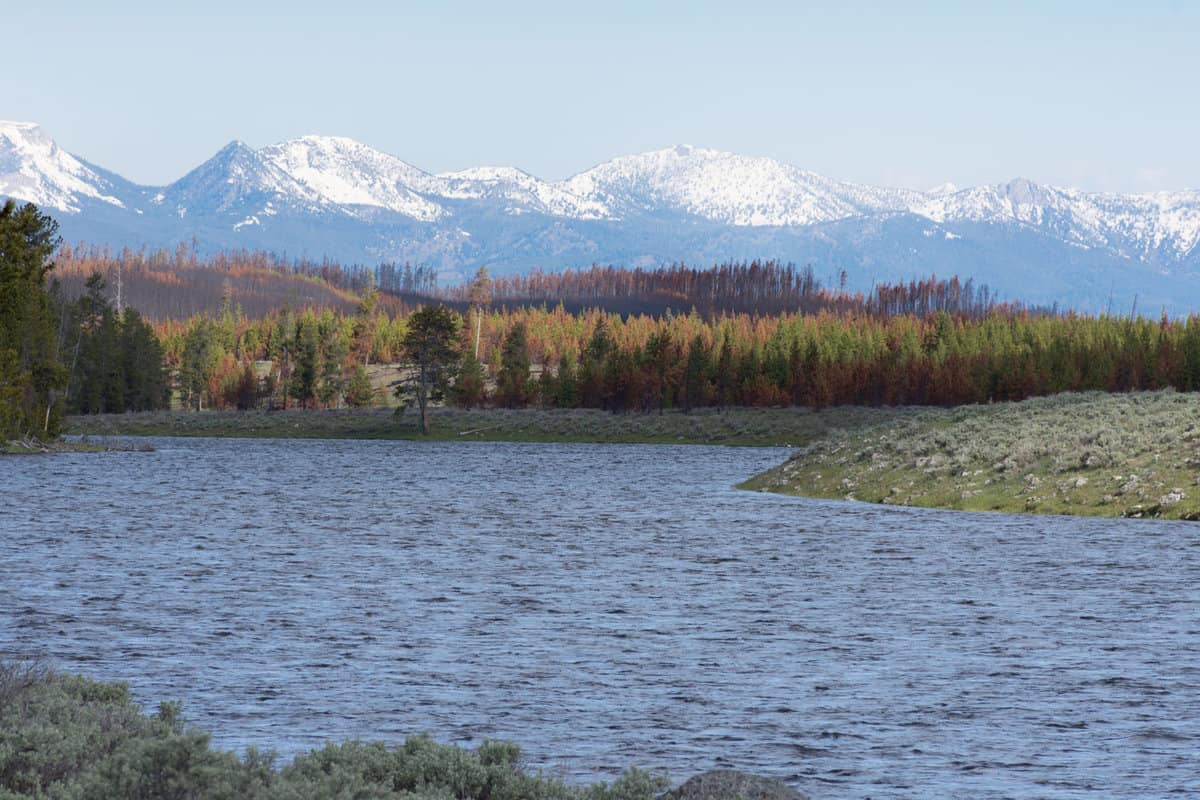
The stretch between the Madison and Norris junctions is particularly known for its bison activity.
Beyond bison, the river is a favorite spot for fly fishermen and offers a rich aquatic ecosystem.
The surrounding meadows and forests also shelter many bird species, making it a haven for birdwatchers.
The Life and Behavior of Bison
The bison often hailed as the emblematic symbol of the American West, exhibit behaviors and life patterns intricately woven into Yellowstone's ecosystem's tapestry.
Breeding Habits
Bison breeding season, known as the rut, occurs between June and September.
During this time, the bulls engage in battles for dominance and mating rights with the females.
Typically, only the strongest and most dominant bulls can successfully breed with the cows, who give birth to one calf per year.
Calves are born in the spring, and the bond between mother and calf is strong.
Migration
Bison are natural migrators, constantly moving to find fresh grasslands for grazing. As a result, you will often see bison herds on the move within Yellowstone.
Their migration patterns vary depending on weather, food availability, and herd dynamics.
Migrating bison play a crucial role in maintaining the health of the grasslands they rely on for food.
Color and Appearance
An adult bison's appearance consists of dark brown fur, reaching up towards a hump made of muscle, and it sheds its heavy winter coat in the spring.
The shedding process is fascinating, as they roll around on the ground to loosen the hair, which falls off in gobs.
They have large, powerful heads with horns that can grow up to two feet long.
Recognizing these features is essential, as they can help you safely identify and appreciate the herds you observe in Yellowstone.
Survival and Restoration
Bison, once numbering in the millions across North America, experienced a significant decline in the 19th century due to hunting and habitat loss.
However, their recovery efforts have paid off, and thousands of wild bison are roaming across North America, including Yellowstone National Park.
The conservation and recovery of these magnificent animals allow you to experience a glimpse of their wild behavior and distinctive herds, contributing to the ongoing sustainability and survival of this iconic species.
Practical Information for Visitors
Your Yellowstone visit for bison spotting will be both enjoyable and safe if you follow these tips:
1. Be Prepared
The park is vast. Bring a map and plan your route in advance.
2. Know the Rules
Familiarize yourself with the National Park Service's rules and regulations for safety and conservation.
3. Safe Viewing
Maintain a minimum distance of 25 yards from the bison. Use binoculars or a telephoto lens for photography.
4. Hiking
One of the best ways to see bison is on foot. Remember, they are wild and unpredictable, so keep your distance.
5. Boardwalks
For a safer, more controlled viewing experience, opt for the raised wooden boardwalks in the park.
Bison Encounters Await
We trust this Yellowstone bison guide enhances your visit. Always admire the bison from a safe distance, respecting their environment.
As you journey through this unique destination, may you cherish unforgettable moments amid Yellowstone's rugged beauty.
Beyond the bison, a world of fascinating creatures is waiting for you. Check out our guides:
Armadillos in Florida: Where to Find These Armored Animals
Where To Find Seahorses In Florida: 5 Must-Visit Spots
